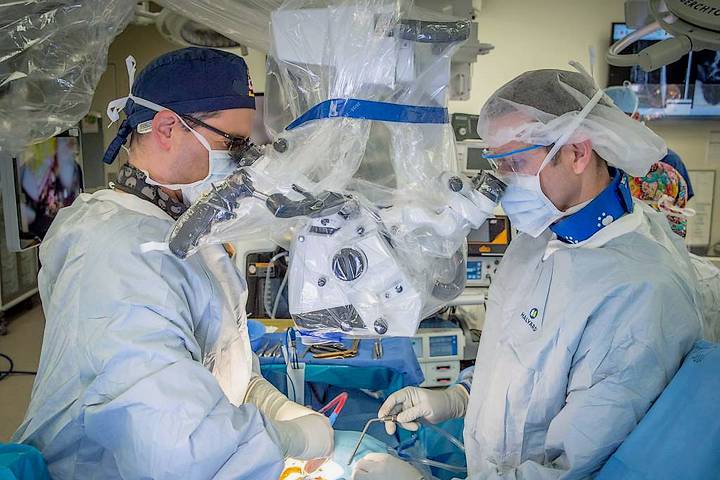 Our question may seem facile, when we consider the benefits of microscopic surgery, or lasers but a few concerns remain.
Our question may seem facile, when we consider the benefits of microscopic surgery, or lasers but a few concerns remain.
A team at Stanford recently researched AI diagnosis of skin lesions. A popular area, you can download diagnostic apps for Apple and Android devices (please don’t), or in a few countries, see the approach in mainstream use.
Stanford were more focused on reasons the technique may not work, looking closely at the rather opaque way AI systems learn. They linked generative AI to classifiers in the analytical system, to better understand the learning process.
The outcome was a restatement of the need for accurate training data. An example being a set of training images which happened to show a high number of melanoma on people with hairy skin, the AI concluding that hairy skin increases the chance of melanoma.
A little like a child who lives on a one way street and only learns to look right before crossing the road. They may be in trouble if they venture further.
The Advent Of Social Media
Social media has been beneficial for sharing research, case studies and far more. The medical professionals viewing this also have a fair chance of appreciating the validity of the information they see.
Patient associations have found social media to be an invaluable way to share information, from supporting eczema sufferers, to helping people stay safe in the sun. Unfortunately, not all users share their motivation.
Fish scales marinaded in vinegar will not cure psoriasis, or burning the lesions off in a steam geyser, neither will turmeric remove acne. Just a few of the weird ideas proposed by social media users.
Others are harder to dismiss. If an account has a million viewers, surely what they say is true, or where a valid ad is shown, this must be vetted.
Of course neither proposition is correct but in a busy world, where people get their news and views from social media, wrongful statements can be believed. Widened communication is a good thing but the potential to misinform is evident.
Being In Control
From chatbots, to robotic receptionists, we have all been frustrated by technology and you do not always have a choice. Where you can choose, the answer is to accept that technological development to date has limitations.
Much of this is wonderful, the ability to see underneath our skin without a biopsy, or remove a lesion with pinpoint accuracy and minimal disturbance.
Problems tend to come when technology tries to be human, or act as a human to human interface. We simply aren’t there yet, the activity of 100 billion neurons in our brain not able to be replicated.
Personal understanding, insightful diagnosis and dermatological treatment will require our consultants and nurses to be around for a while. Using technology to support their knowledge, whilst sharing this in the way people should.
